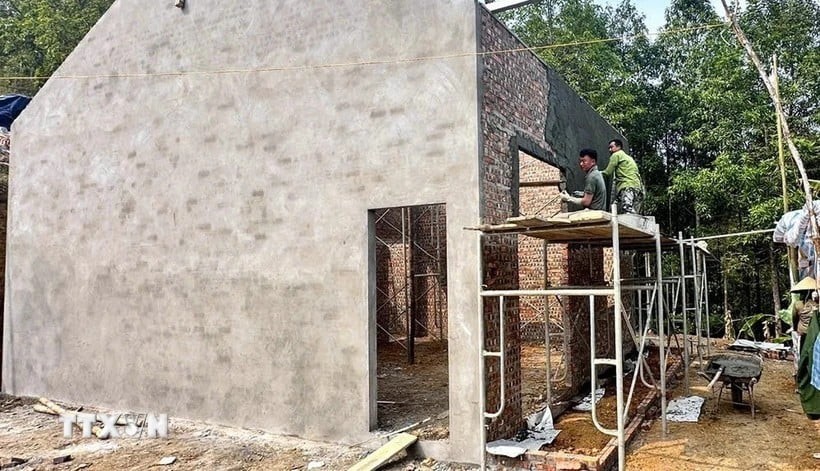Vietnam Succeed in Reducing Multidimensional Poverty: UNDP
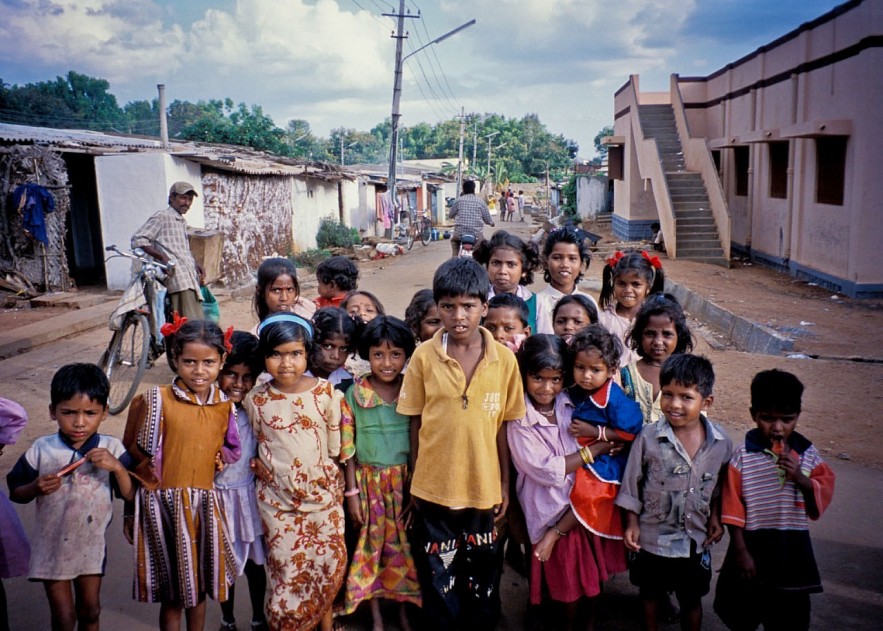 |
| Poor children in Bangladesh. |
The Global Multidimensional Poverty Index (MPI) has just been released by the United Nations Development Program (UNDP) and the Poverty and Human Development Initiative (OPHI) of the University of Oxford.
Multidimensional poverty is a new assessment based on income criteria (under US$2.15/day) and lack of basic social services such as health, education, and living conditions.
The global multidimensional poverty report aggregates data from 110 developing countries including 6.1 billion people. 1.1 billion people (more than 18%) live in short-term multidimensional poverty, 534 million people (47.8%) in sub-Saharan Africa, and 389 million people (34.9%) in South Asia.
More than half (566 million) of the 1.1 billion poor people are children under the age of 18. About 54.1% of poor children live in sub-Saharan Africa, making the eradication of poverty for 306 million children a matter of survival for the region.
South Asia is home to 177 million poor children or 31%. Across 110 countries, 27.7% of children are poor, compared with 13.4% of adults. Therefore, poverty reduction policies in countries play an important role in reducing global poverty.
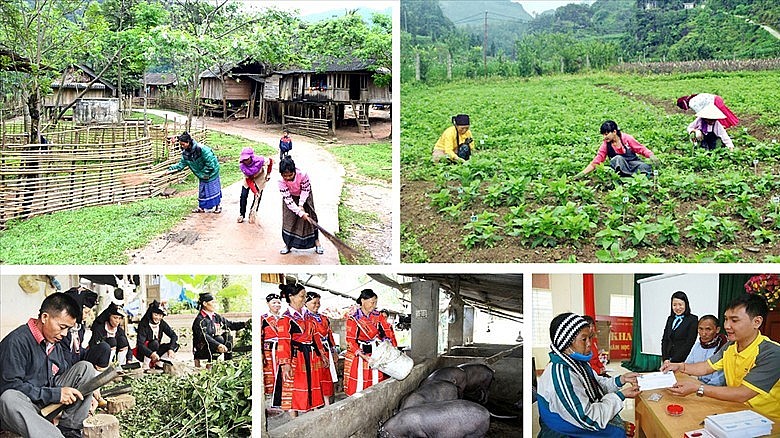 |
| Poor children in Bangladesh. |
The United Nations appreciates 25 successful multi-dimensional poverty reduction countries including Vietnam, Cambodia, China, Congo, Honduras, India, Indonesia, Morocco, Serbia, Albania, Guyana, North Macedonia, Bolivia, Honduras, Sao Tome & Principe, Turkmenistan, Kyrgyzstan, Dominica, Nicaragua, Morocco, Lesotho, Mongolia, Nepal, Thailand, and Suriname.
With the application of the national multidimensional poverty line since 2015, Vietnam is a pioneer in the Asia-Pacific region in applying the poverty line as a tool for targeting, monitoring poverty, and policy formulation.
Based on the evaluation score on a scale of 0 to 10, Vietnam's multidimensional poverty criteria decreased by 50%.
The data on Vietnam in the report is updated to the period 2020-2021. 1.9% of Vietnam's population (1.8 million people, in 2021) is multi-dimensionally poor, and 3.5% of the population (outside the above group) is classified as poor (3.3 million people, in 2021).
According to the National Office for Poverty Reduction, in 2022, Vietnam's state budget prioritized allocating about VND23 trillion (US$972,8 million) to effectively implement general poverty reduction support policies.
In 2023, the Ministry of Labor, War Invalids, and Social Affairs aims to maintain the national average multidimensional poverty rate at a reduction of 1-1.5%/year.
The rate of poor households among ethnic minorities decreased by more than 3% each year. The multidimensional poverty rate of poor districts decreased by about 4%.
 | VUFO Vice President Works with Action on Poverty Representatives At the event, Phan Anh Son, Vice President - General Secretary of the Vietnam Union of Friendship Organizations (VUFO) suggested promoting Vietnam - Australia relations ... |
 | VietHarvest and Action On Poverty Collaborate to Fight Food Waste and Hunger in Vietnam This collaboration will implement the renowned Australian OzHarvest Food Rescue Model to reduce food waste and nourish the underserved people of Vietnam. |
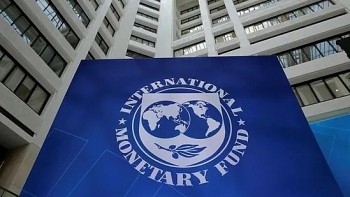 | The country has almost wiped out extreme poverty: International Monetary Fund In India, the number of people living in extreme poverty -- defined by the World Bank as living on US$1.9 or less in purchasing power ... |
Recommended
 Viet's Home
Viet's Home
Traditional Martial Arts Exchange between Sinh village (Hue City) and Katsuragi City (Japan)
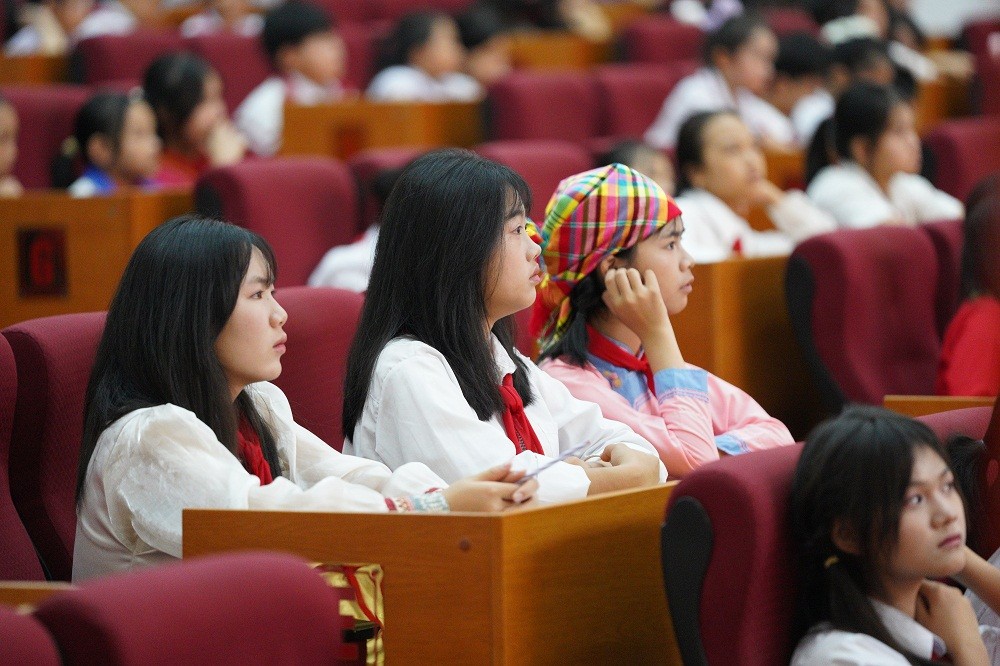 Viet's Home
Viet's Home
Lai Chau National Assembly, People's Council Delegates Hold Dialogue with Children
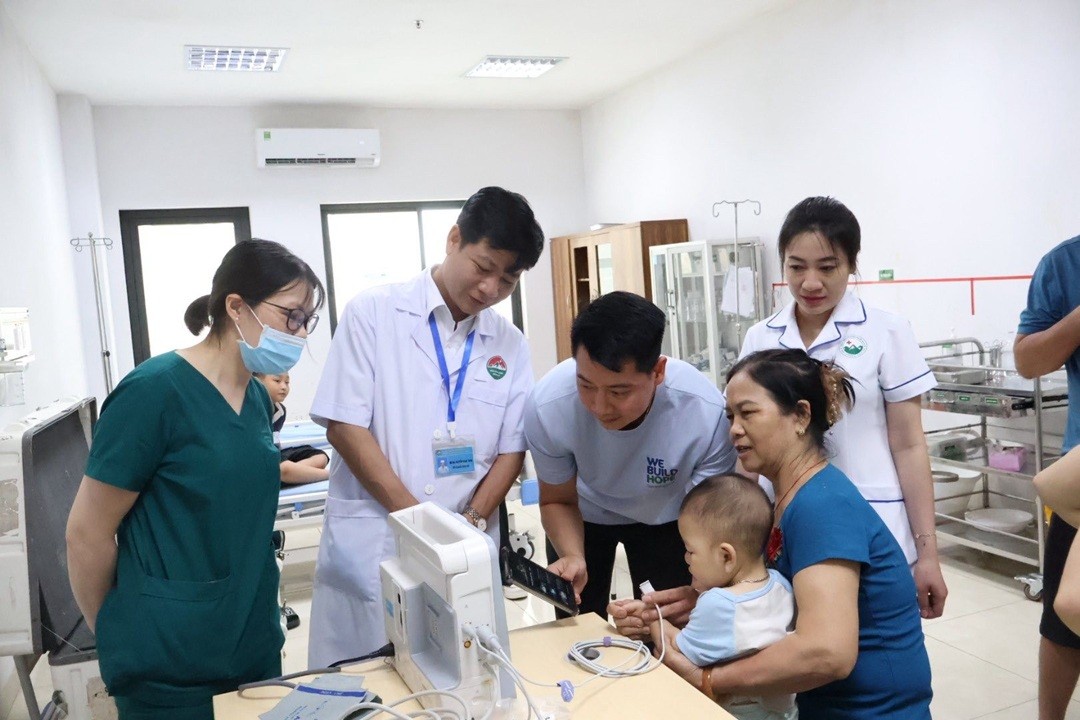 Viet's Home
Viet's Home
24 Children with Disabilities in Northern Provinces Received Free Surgery
 Viet's Home
Viet's Home
World Vision Promotes Comprehensive Nutritional Care for Vietnamese Children
Popular article
 Viet's Home
Viet's Home
Hanoi, South Africa Strengthens People-to-people Exchanges, Expands Multi-sector Cooperation
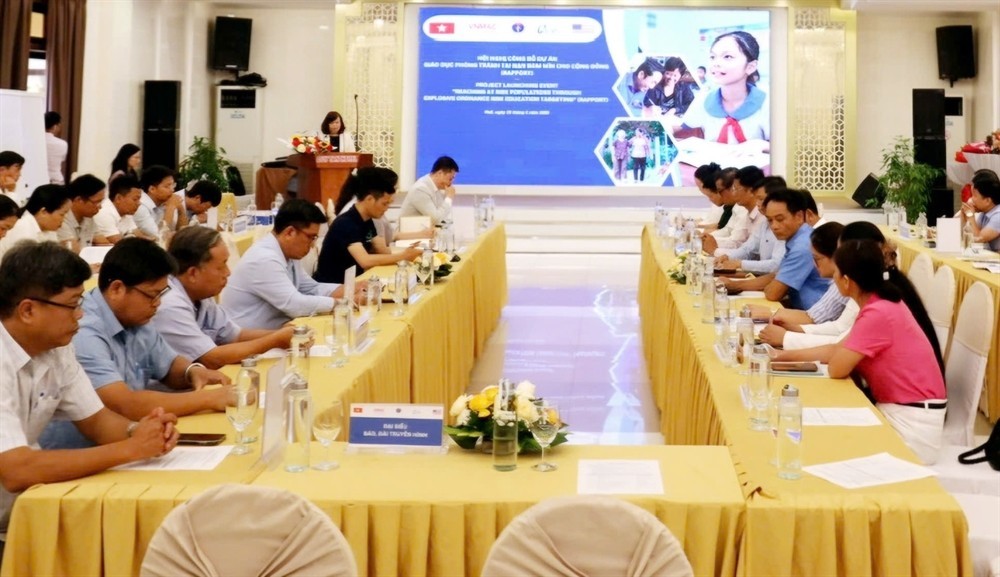 Viet's Home
Viet's Home
Hue City to Raise Awareness on Mine Accident Prevention
 Focus
Focus
Vietnam Leaves Imprints on the World Peacekeeping Map
 Viet's Home
Viet's Home





